Whisking liquids seems somehow quaint, especially since there are good, cheap devices out there like immersion blenders and hand mixers that can whip cream, turn egg whites into meringue, and mix batters for you.
However, I still love my whisk and use it often, and here's why: it doesn't need to be plugged in, it takes up almost zero space in my teeny kitchen, it's a great upper-body workout (especially if you switch hands), it's easier to clean with less chance of cutting up my fingers, and it's also a lot easier to control the food I'm mixing.
I've inadvertently turned a lot of cream into butter and had egg whites get way past the desired "soft peaks" stage by letting a mixer/blender run for a few seconds too long. Plus, there's something bad-ass about knowing how to do a task by hand, whether it's whipping cream, tempura batter, or making a perfect cup of hot chocolate.

Not just for dairy: you can also make whipped cream from coconut milk or cream.
Even though I love my whisk, it turns out I really didn't know how to use it properly, as this America's Test Kitchen video (via Lifehacker) showed me.
No matter what I'm whisking, I tend to favor a loop-de-loop beating method, but apparently that's only best when beating egg whites. Stirring is basically pointless, while moving the whisk from side-to-side is most efficient and gets the best results whether you want to emulsify vinaigrettes, whip cream, or transform egg whites into fluffy peaks.
Stirring and beating move the liquid in the same direction, while moving the whisk from side-to-side produces more shear force. In a very simplified explanation, shear force is when one layer of the liquid moves toward another layer. In vinaigrettes, the greater the shear force, the more quickly the oil will get broken up and become emulsified.
Meanwhile, in egg whites and cream, shear force is what creates air channels, which is how your egg whites and cream gain volume.
What Whisk Should You Buy?
So now that you know how to whisk, what kind should you buy? Keep it simple and stick with the basics. Try a good metal wire balloon or French whisk in a medium or large size and see how that works with your cooking style. As you develop and become more comfortable with whisking and cooking in general, you might want more specialized tools, so read on.
The balloon whisk is the most common one out there and named that because it's so wide and bulbous at the end. In fact, Julia Child is credited with introducing the tool to America. Superstar chef Alice Waters notes that prior to Julia, her family beat egg whites with a fork.
As a side note, if your hand mixer and whisk are broken, you can use two forks to beat egg whites stiff and create whipped cream. You might get carpal tunnel syndrome in the process, but it's doable.

A chocolate-dipped balloon whisk.
Balloon whisks come in a variety of sizes, from large to teensy-weensy, which I sometimes use to whip egg whites in very tiny amounts, like if I'm making a Pisco sour (yes, most people put the egg white in a shaker, but that's not what I was taught). Since they should have at least eight wires, they get a lot more air into whatever you're whisking.
Then there's the drop-shaped French whisk, which Gourmet lauds as being the most useful and versatile and great at grabbing those last bits of sauce or food. Meanwhile, there are also flat whisks (designed specifically for vinaigrettes, roux, and pan sauces), and ball whisks, which look more like weird massage tools and are very versatile for all types of sauces, although not so great on thick stuff, as The Social Skillet points out.

From L-R: Medium/small balloon whisks, French whisk, flat (or roux) whisk, large balloon whisk.
Many of these models are not really needed by your average home cook, but they are fun to know about. Check out Craftsy's comprehensive guide to the basic whisks mentioned here and several specialized ones.
Egg Whites Have Special Requirements
Chances are, you'll most likely be using your whisk for a few basic tasks: to get more air into omelets so they're fluffy or mixing the occasional thin dough/batter for pancakes or delicate cookies, for example. Whisks really shine when it comes to whipping two things: egg whites and whipped cream. However, there's an art and a science to using a whisk on these ingredients.
When whisking egg whites, it's good to make sure that your bowl and whisk are free of any food residue (like oil) that might interrupt the process of your egg whites getting to the peaked, fluffy stage. I like to take the precaution of spraying down my whisk and bowl with a vinegar-and-water mixture and then wiping it down so it's thoroughly dry (any residual moisture will have the same effect as food residue or oil).
Fresh, cold egg whites are best for whipping. My seventh grade home ec. teacher also had a good tip: chill the whisk and bowl ahead of time so as to keep the whites colder longer. And make sure you use a really big bowl—egg whites can triple in volume or even more once you start a-whiskin'.

Twelve egg whites turned into this. Whoa.
If possible, use a copper bowl to whip your egg whites. Why? Because some of the copper ions will mix with conalbumin, a protein in the eggs, and this mixture is more stable than just the egg whites alone, so you're less likely to overbeat that fluffy mass of egg whites and turn it into a grainy mess. And don't worry about ingesting it: copper is a mineral found in many foods and supplements.
However, a stainless steel, ceramic, or glass bowl will work just as well. Skip plastic ones, which are harder to get truly clean. You can mimic the effect of copper ions by adding something acidic like cream of tartar (supposedly lemon juice or vinegar will do as well, but I've always been too chicken to try).
This will also stabilize your egg whites and stop the proteins in the egg whites from over-bonding with their neighbors if you happen to carry the whisking process a little too far. Watch this video from Up Down Food Group for a good tutorial.
Whipped Cream Has Needs, Too
Many of the same principles of whipping egg whites with a whisk also apply to whipped cream. You want to start with spotlessly clean instruments and chill them to keep the cream as cold as long as possible. The cream should come straight from the fridge, too. According to Food52, when cream is warm, the fat is harder to stabilize. A big, deep bowl is necessary, since cream will also double or triple in size. Here's a good how-to:
Whipped cream is tastiest right after it's been made, so make sure you get it into shape right before it's about to be served. Whipped cream that's been sitting in the fridge is still delicious (trust me), but sometimes it can collapse or separate into a whey-like thin liquid if it's been left to sit too long.
Above all, don't over-beat whipped cream or you'll end up with butter, or it will collapse and separate as if it's been in the fridge. However, as the video above points out, whipped cream that has settled in the fridge can be re-whipped back into shape.
And if you do over-beat the cream, you might be able to save it if you catch yourself early. The L.A. Times recommends whisking in a little cream just when you notice the whipped cream starting to separate into grains (the first sign it's about to become butter). If you go slowly and add enough liquid little by little, you can halt the process.

On the left: perfectly whipped cream. On the right: grainy whipped cream that could be saved.
Taste of Home also points out that you'll want to avoid pasteurized or ultra-pasteurized whipping cream, which has been heated to slow microbial growth. Alas, this changes the cream's structure and makes it harder to hold a whipped shape. It's not always easy to find non-pasteurized cream, though, so just keep in mind that the pasteurized versions take longer to whip and may not get quite as fluffy as their unheated counterparts.
The fun part about whipped cream is that you can add flavor along the way. Once the cream begins to thicken, add a teaspoon or two of vanilla and some really good sugar. This can take your whipped cream from delicious to holy-smokes-gimme-more with no trouble at all.
Cover image via Lisa Brewster/Flickr


















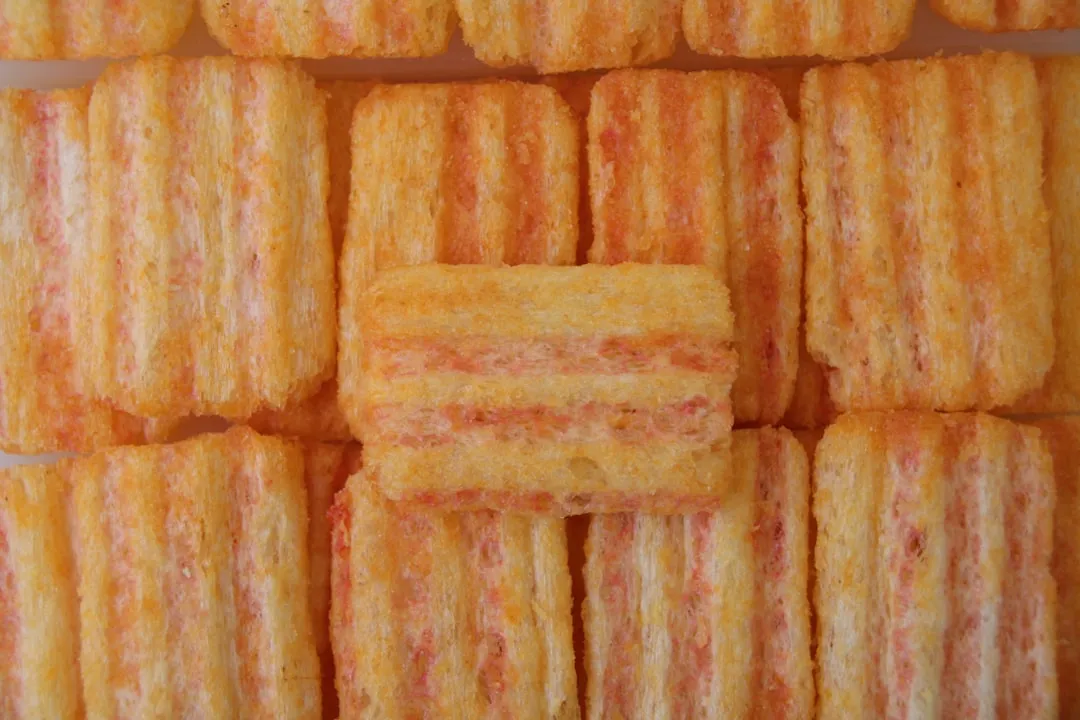
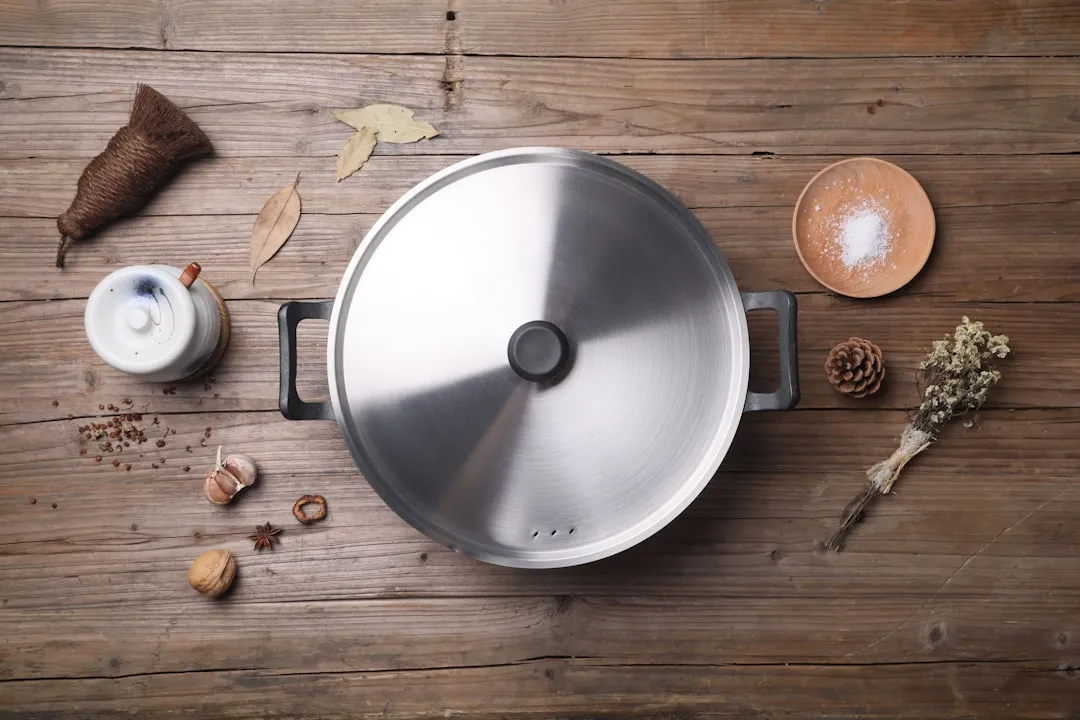
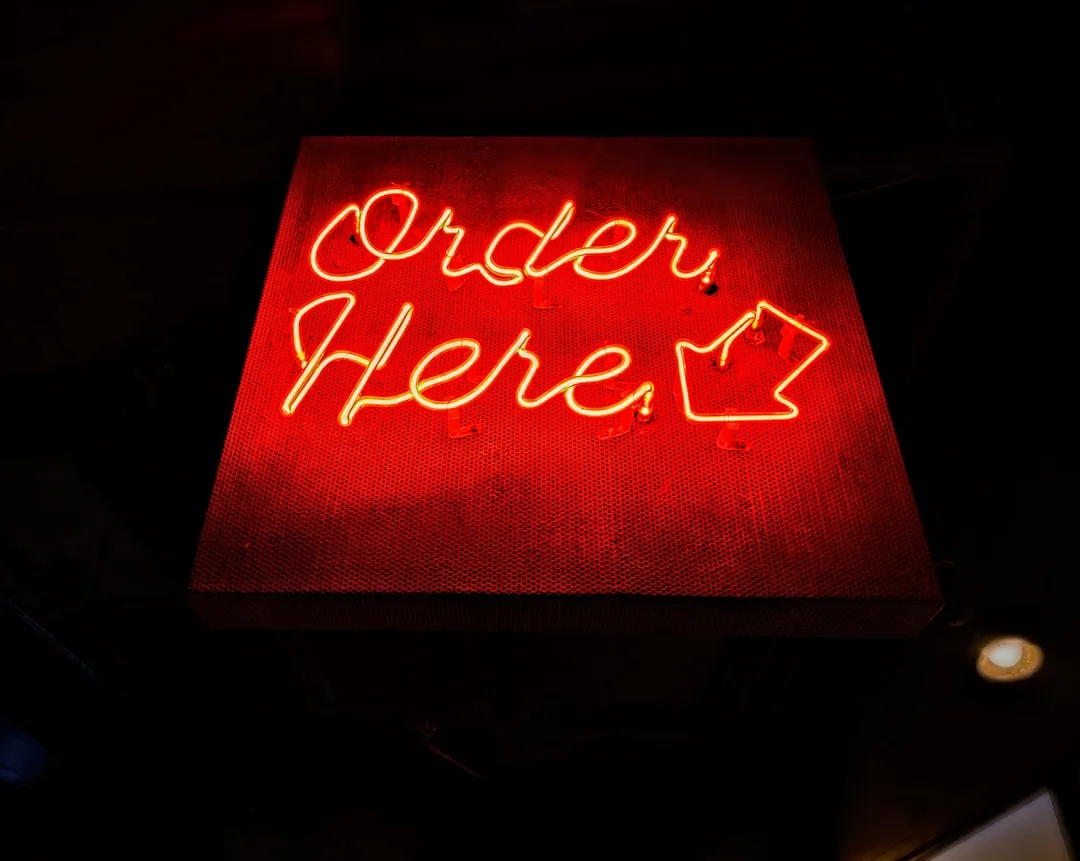
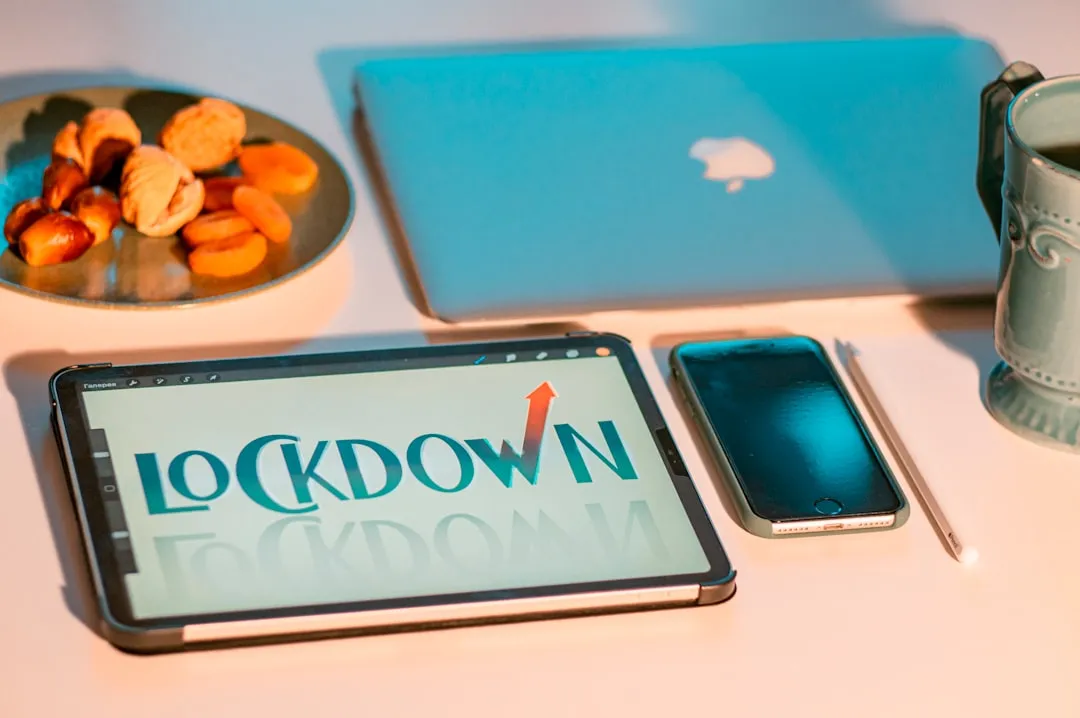


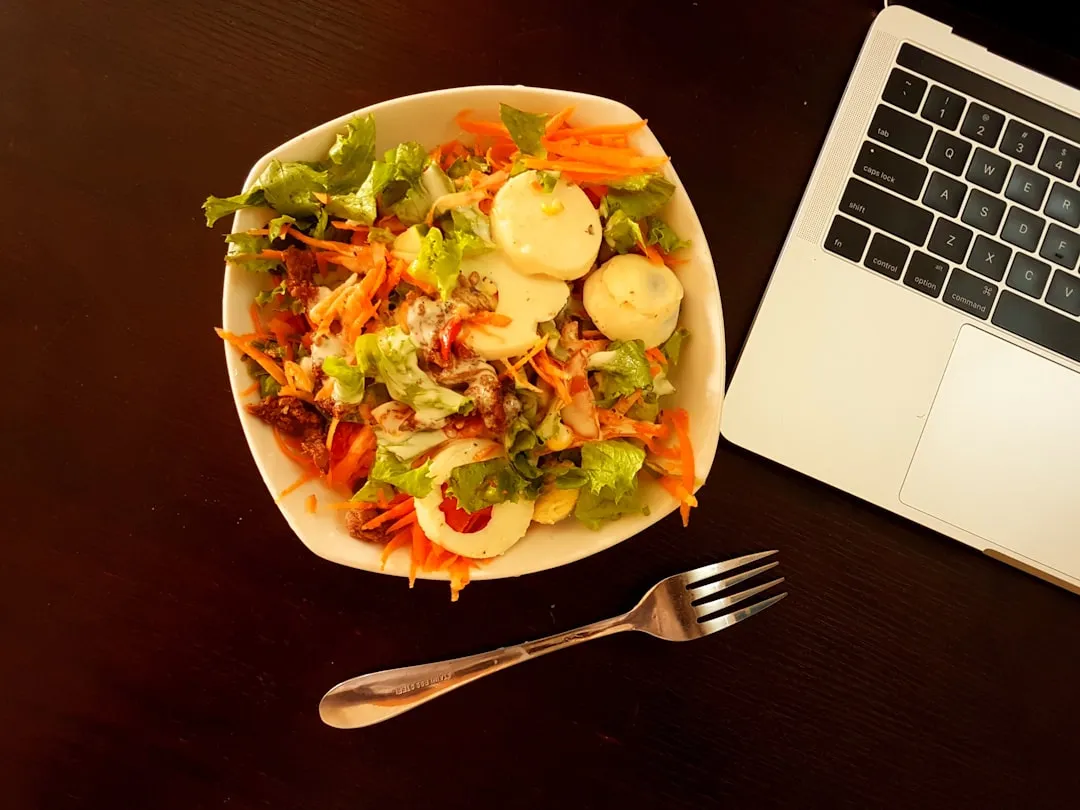
Comments
Be the first, drop a comment!